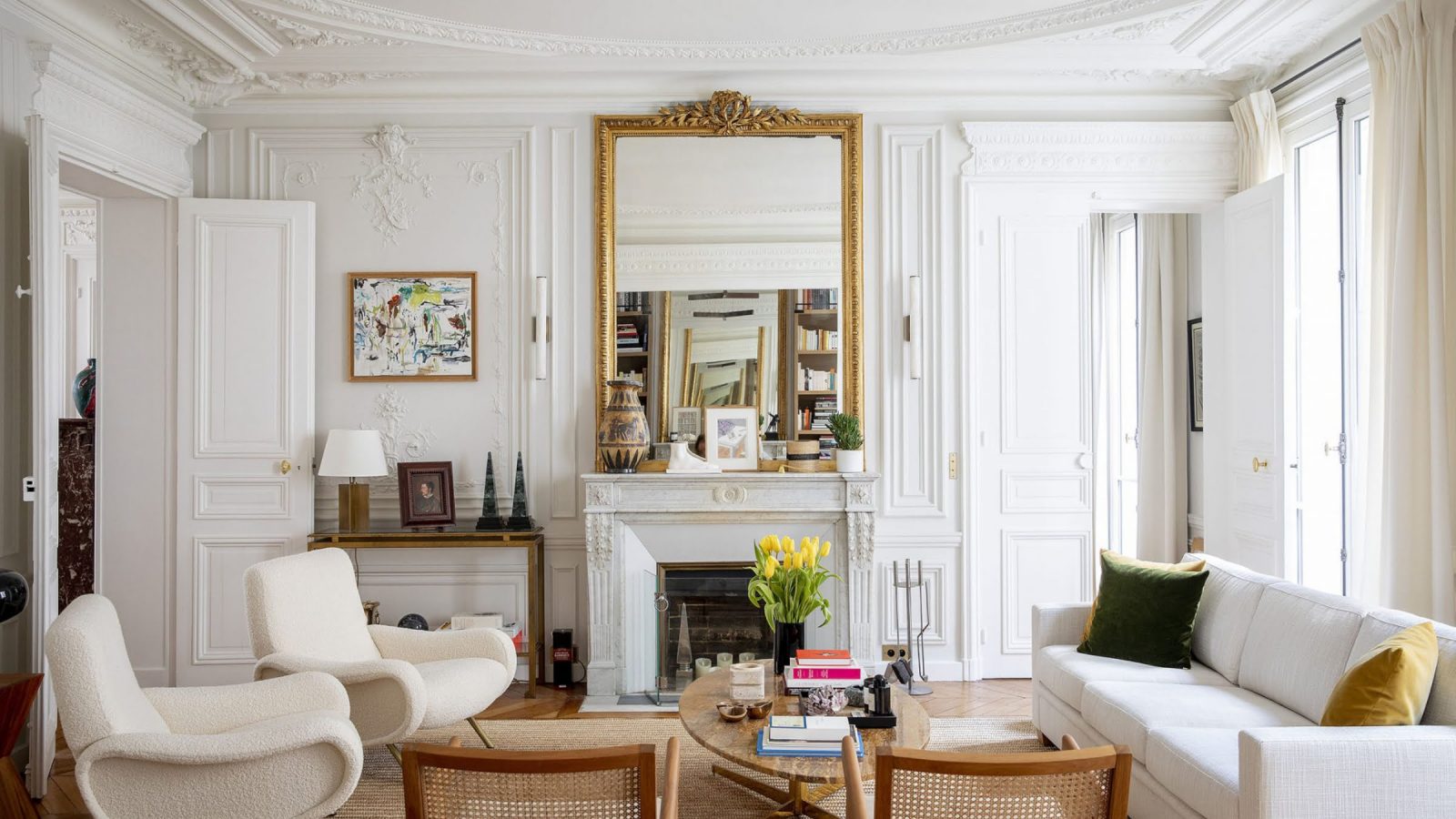Uncovering the Joy: Why We Decorate for Christmas

Christmas is arguably the most cherished holiday of the year, universally celebrated with an array of traditions that vary across cultures. One of the most cherished customs is the decoration of homes, offices, and public spaces. From twinkling lights to intricately designed ornaments, decorations not only enhance the festive atmosphere but also carry profound meanings that resonate with both children and adults. In this blog post, we will explore why we decorate for Christmas, delving into the traditions, psychological benefits, and the joy that these decorations bring into our lives.
The Tradition of Christmas Decorations

Christmas decorations are steeped in rich traditions that have evolved over centuries:
- Evergreens: Trees, wreaths, and garlands made from evergreens represent eternal life and hope. In ancient cultures, evergreens were seen as a sign of life amidst the stark winter, symbolizing resilience and renewal.
- The Christmas Tree: While its origins are diverse, the modern Christmas tree traces back to 16th-century Germany. Families would bring evergreen trees into their homes, decorate them with candles, and later with ornaments, to signify the Tree of Life or the Tree of Knowledge.
- Light: Candles and later electric lights symbolize Jesus as the light of the world, but they also represent the warmth and light returning after the winter solstice.
- Ornaments: Each ornament can tell a story or represent a memory. From handcrafted items to store-bought baubles, ornaments are often cherished heirlooms passed down through generations.
- Stockings: Originally, stockings were hung by the fireplace for St. Nicholas to fill with gifts, echoing the folklore of kindness and generosity.
🌟 Note: Remember that many Christmas traditions have pagan origins adapted by Christian communities, highlighting how the holiday transcends religious boundaries.
Psychological Benefits of Christmas Decorations

Decorating for Christmas is not merely an aesthetic choice; it has several psychological benefits:
- Nostalgia and Comfort: Christmas decor often brings forth memories of childhood or special family gatherings, providing comfort and a sense of continuity through life's changes.
- Joy and Anticipation: The act of decorating, especially with loved ones, promotes joy. The anticipation of the holiday season is heightened by visual cues that signal the arrival of Christmas.
- Traditions and Bonding: Engaging in traditions like tree decorating fosters bonding experiences, creating a sense of community and togetherness.
- Environmental Transformation: Changing the environment with decorations can signal the brain to switch into a holiday mode, reducing stress and promoting relaxation.
The Joy of Christmas Decorations

Here are some ways Christmas decorations bring joy:
- Visual Appeal: The vibrant colors and lights lift our spirits. Red, green, gold, and silver hues are associated with happiness, wealth, and celebration.
- Participation and Creativity: Creating or choosing decorations allows for personal expression, which can be incredibly fulfilling and fun.
- Community Spirit: Streets lined with lights and homes dressed in festive cheer create a sense of belonging and community celebration.
- Imagination: For children, decorations stir imagination, turning the ordinary into something magical and extraordinary.
- Plan Ahead: Decide on a theme or color scheme to streamline your decorating efforts.
- Use Natural Elements: Incorporate natural items like pine cones, holly, or mistletoe for an authentic, earthy look.
- DIY Projects: Personalized DIY decor like hand-knitted stockings or painted ornaments can add a unique touch to your decorations.
- Lighting is Key: Lighting can transform any space. Use strings of fairy lights or lighted garlands to create a warm, inviting atmosphere.
🎁 Note: Remember, the joy in decorating often comes not just from the finished product, but from the process of setting it up together with family and friends.
Practical Tips for Christmas Decorating

Here are some practical tips to enhance your Christmas decorating experience:
Decorating for Christmas is a multifaceted activity that goes beyond mere adornment. It is a celebration of tradition, a reflection of our values, and a means to spread joy and build connections. Through the act of decorating, we create an environment where memories are forged, and the spirit of Christmas is nurtured. As we adorn our spaces, we are reminded of the cycles of life, the light in the darkness, and the coming together of communities and families. It's about anticipation, nostalgia, and the joy of creating a festive environment that resonates with all who enter it. In the end, Christmas decorations are not just about making spaces look beautiful; they are about creating experiences and memories that last a lifetime.
Why do we hang wreaths on our doors?

+
The wreath symbolizes victory and eternal life, a tradition dating back to ancient Rome where laurel wreaths were used as symbols of victory. Over time, Christians adapted this symbol to represent the never-ending circle of life, particularly during Advent and Christmas.
How can Christmas decorations affect our mood?

+
Christmas decorations can positively influence our mood by evoking feelings of joy, nostalgia, and warmth. The vibrant colors, the increased light, and the act of decorating can promote feelings of happiness and reduce stress.
What’s the history behind the Christmas tree?

+
The tradition of decorating a Christmas tree might trace back to medieval Germany, where people decorated trees or pyramids with candles to represent the Tree of Knowledge from the Bible. The practice became widespread in the 19th century after Queen Victoria and Prince Albert were depicted with their Christmas tree.



